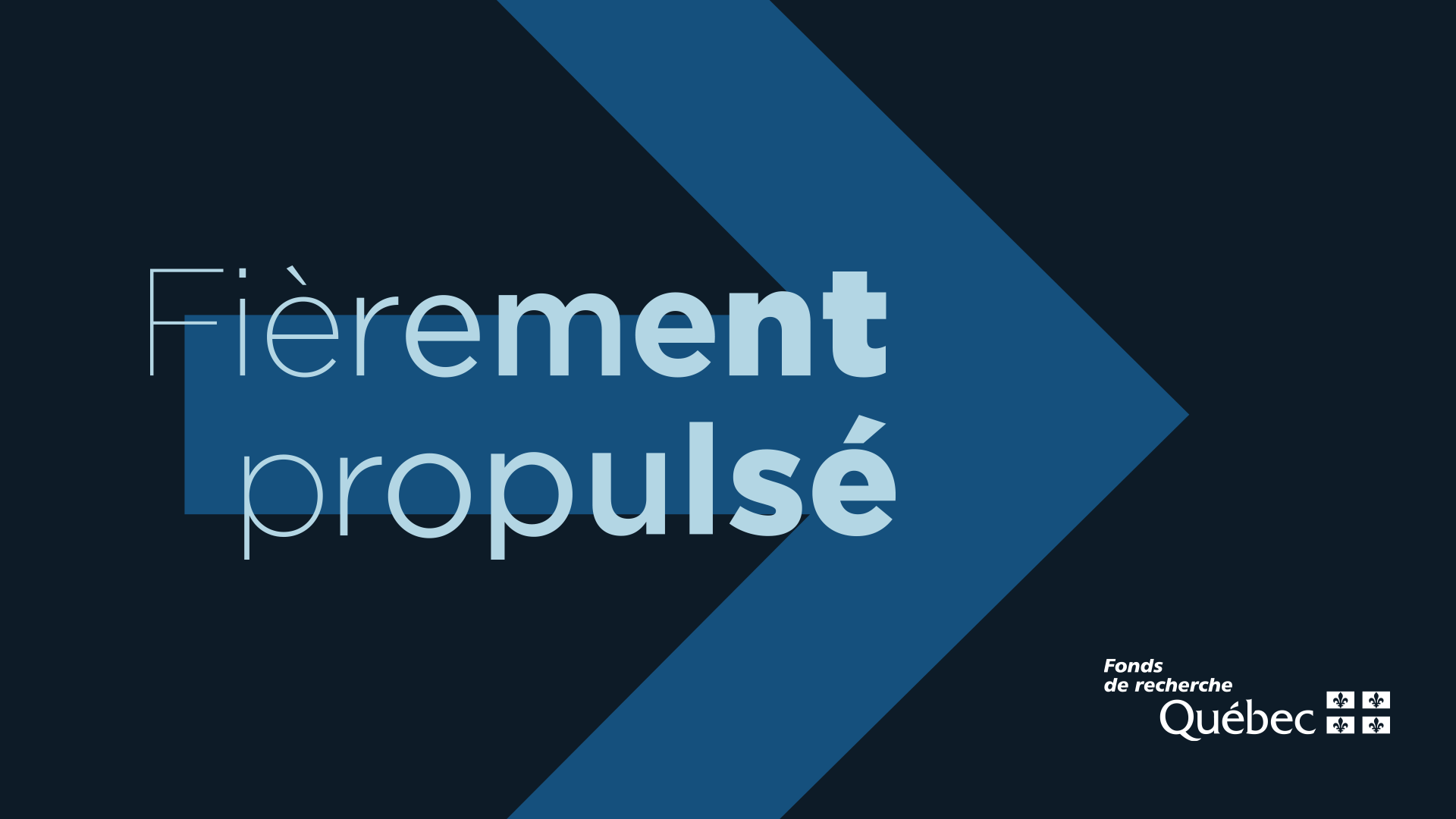Causes for Conscientious Objection in Medical Aid in Dying: A Scoping Review
DOI:
https://doi.org/10.7202/1108007arKeywords:
Conscientious objection, euthanasia, assisted suicide, Medical aid in dying, MAID, causes, CO, conscienceLanguage(s):
EnglishAbstract
In the light of current legislation on Medical Aid in Dying ─euthanasia and assisted suicide─ in different countries worldwide, there have been some arguments devoted to the right to conscientious objection for healthcare professionals in these specific practices. The goals of this scoping review are to provide an overview of the motivations and causes that lie behind conscientious objection identified by previous literature according to professionals’ experience and to verify if these motives match with theoretical debates on conscientious objection. As the results show, there seems to be a dissonance between the motivations included in the traditional and mainstream definition of conscientious objection that is used in the theoretical and speculative framework and the actual factors that empirical studies note as reported motivations to object to Medical Aid in Dying. Hence, either we consider new factors to include as causes of “conscience”, or we accept that there are motivations that are not actually applicable to conscientious objection and should be addressed by other means. As conscientious objection in Medical Aid in Dying is multifaceted, we claim from the results that there can be different kinds of motivations acting at the same time. In any case, it is helpful to rebalance theoretical and empirical considerations to fully understand the complexity of the phenomenon and give some insights on how to deal with it.
Downloads
Published
How to Cite
Issue
Section
License
Copyright (c) 2023 Rosana Triviño-Caballero, Iris Parra Jounou, Isabel Roldán Gómez, Maria Teresa Lopez de la Vieja

This work is licensed under a Creative Commons Attribution 4.0 International License.
The Canadian Journal of Bioethics applies the Creative Commons Attribution 4.0 International License to all its publications. Authors therefore retain copyright of their publication, e.g., they can reuse their publication, link to it on their home page or institutional website, deposit a PDF in a public repository. However, the authors allow anyone to download, reuse, reprint, distribute, and/or copy their publication, so long as the original authors and source are cited.

















_smaller.png)

